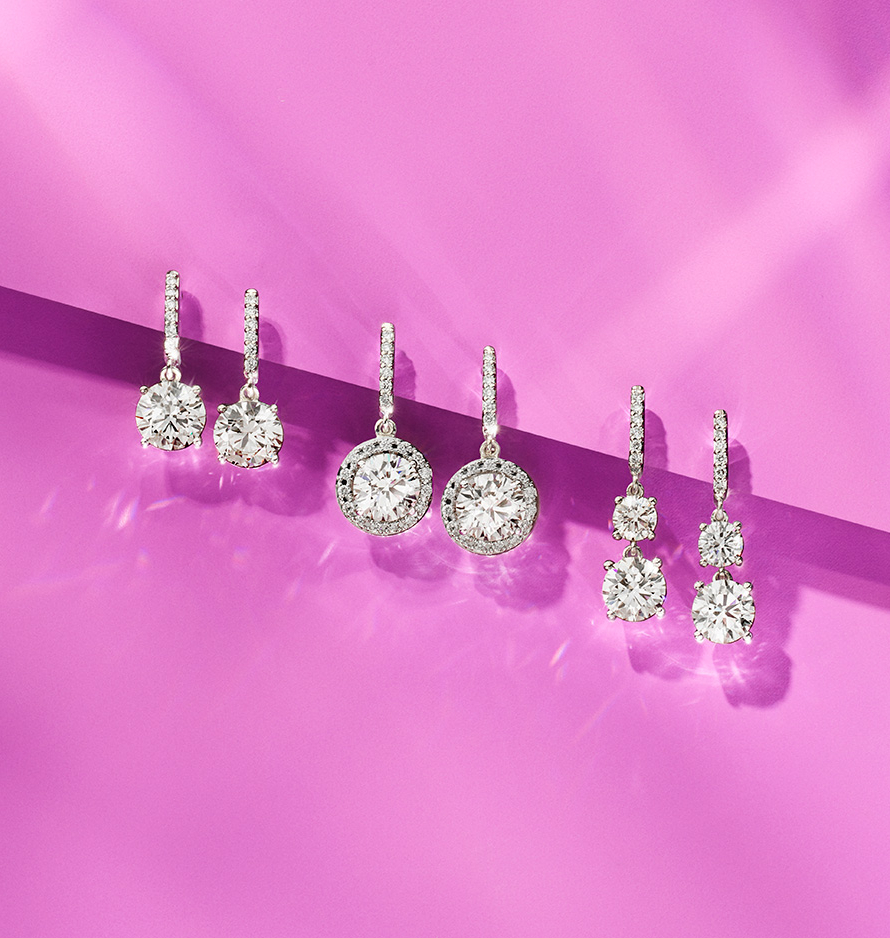As the LGD category transitions from newfangled outlier to popular (and necessary) alternative, the value proposition has evolved—as have the conversations retailers should be having with consumers.
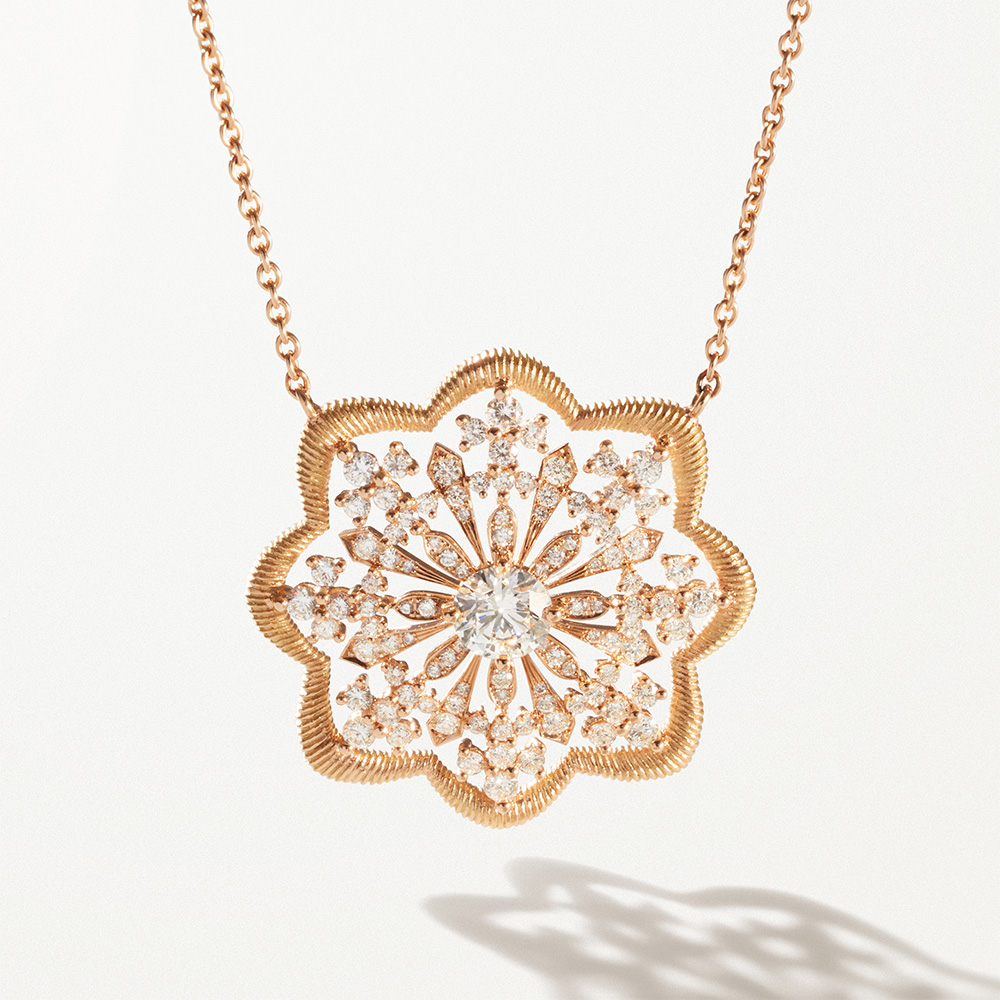
With laboratory-grown diamonds accounting for 10% of the engagement ring market, what’s the best way to market these stones to consumers?
Most retailers who spoke with JCK are sticking with a formula that looks something like this: “We focus our bridal business on showing natural diamonds first, then lead into lab-grown diamonds as a secondary option,” says Amy Corey, diamond buyer at Day’s Jewelers, a retailer with locations in Maine and New Hampshire. “When speaking about lab-grown diamonds, we stick to the basics and there is not a lot of romancing.”
From where lab-grown advocates sit, however, there’s a lot more to dig into at the counter beyond the basics. For instance, it’s a bit passé to only address the fact that lab-grown diamonds (LGDs) are chemically the same as mined diamonds, especially since most customers have already done extensive research on their own before making an inquiry or browsing in-store.
One way to elevate your lab-grown pitch is to borrow the “love language” framework, a theory that suggests that people like to give and receive love in five distinct ways and that recognizing these languages can help with communication in a relationship. If one approach isn’t working, finding a different love language may be in order—a good reason to be fluent in all of them.
Below, we offer a snapshot of five effective ways to speak to the lab-grown curious.
More for Less
Instead of presenting lab diamonds as a less expensive alternative to mined diamonds, retailers might consider emphasizing that buyers who opt for lab-grown can acquire a larger diamond of much higher quality without spending more.
“We have found that about 70% of our customers choose lab-grown so they can get a larger center diamond,” says Gary Bond, co-owner of Garrick Jewelers in Hanover, Pa. “They often settle in on a natural diamond, then ask what size lab-grown they could get with the same budget.”
This tactic aligns with recent consumer research conducted by Marty Hurwitz, CEO of Austin, Texas–based MVI Marketing, which found that 36% of consumers would go over budget if it meant they could get a LGD that was twice the size of a mined diamond.
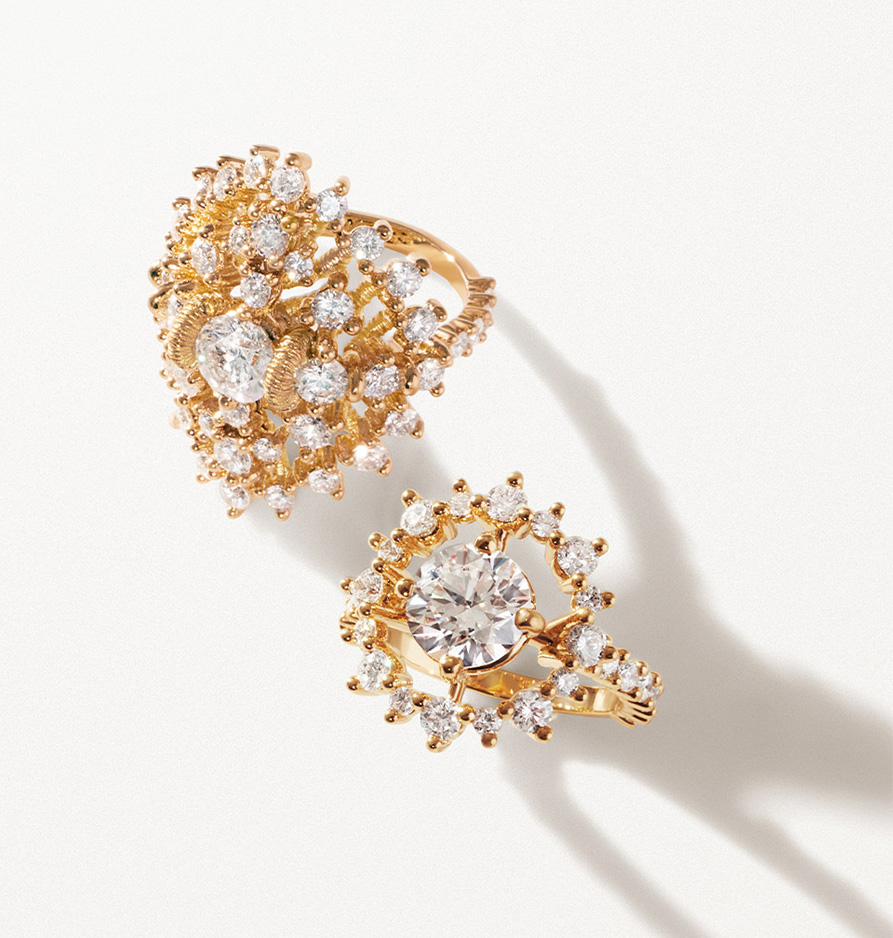
Innovation and Ingenuity
With some customers, the secret to closing the sale lies in romancing the technology that goes into manufacturing gems and how that process is continually updated and refined.
“We speak openly about the science behind lab-grown diamonds and their origins—just as we would do for a mined stone,” says Jenny Chung Seeger, founder and owner of No.3 Fine Jewelry in San Francisco, and Eliette, an online business specializing in lab-grown jewelry.
Leading maker WD Lab Grown Diamonds and its branded subsidiary, Latitude Diamonds, favor an approach in which retailers communicate that LGDs are the result of “human ingenuity and the interplay between art and science,” says chief marketing officer Brittany Lewis. The company’s “Seed to Stone” story, conveyed via a multimedia countertop display or a two-minute video looped on a store’s large-screen TV, “is compelling for WD and Latitude customers, as they can learn about the scientists, engineers, and craftsmen whose work goes into creating these modern marvels across each of their development stages.”
Aether Diamonds, a newcomer to the lab diamond space, is hoping to persuade consumers and retailer partners alike to buy into the company’s innovative production technique: The carbon used to create its product is pulled from the atmosphere (specifically, in the Swiss Alps—yes, really). “We’re putting out detailed videos to educate sales staff and consumers on how we do what we do,” says Aether cofounder and “chief alchemist” Ryan Shearman. “When you look at the direct air capture machines in the Alps that are used to capture all of the carbon that have made it into every Aether diamond thus far, it’s picturesque, it’s beautiful.”
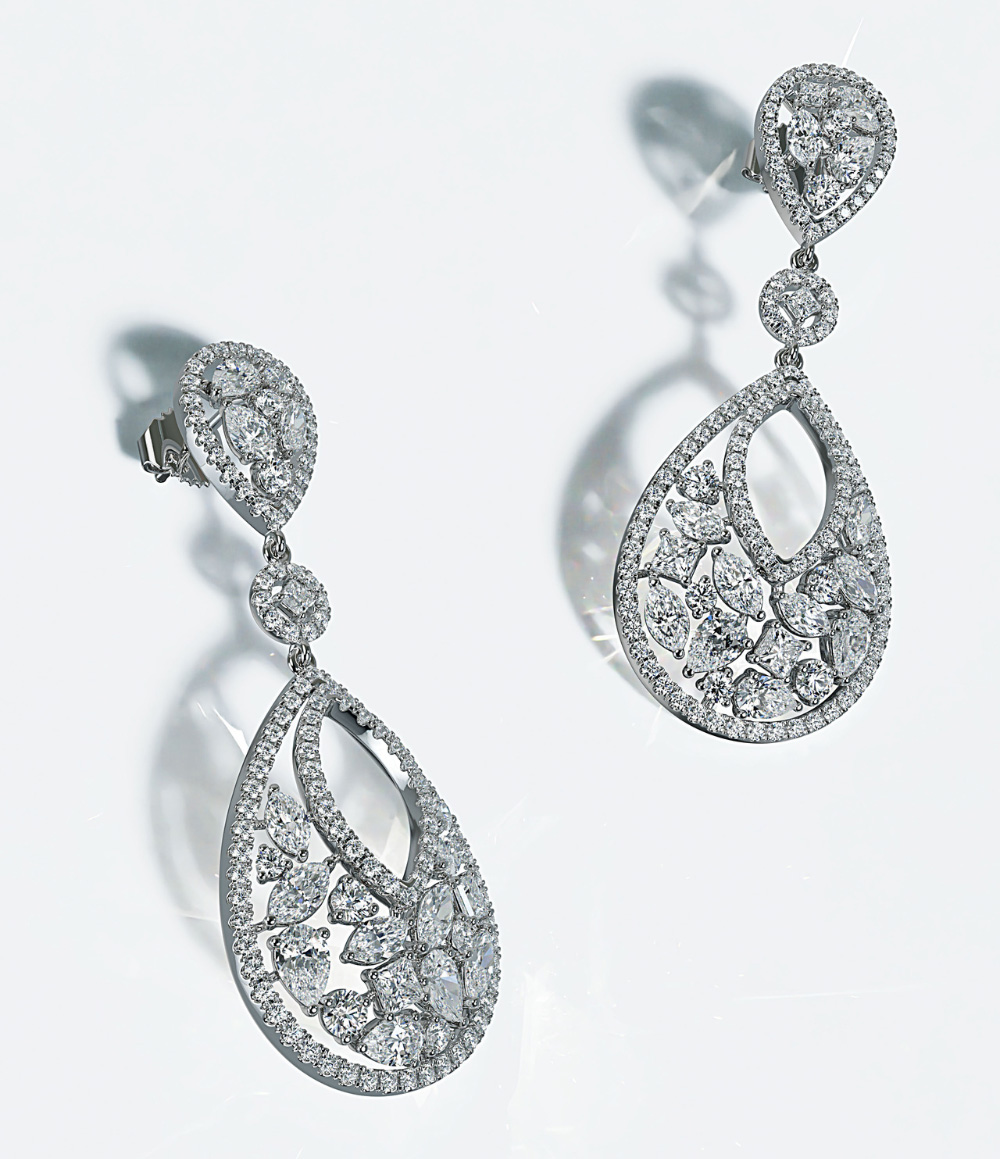
Next-Level Transparency and Traceability
At this point, most retailers know the “LGD is more sustainable” narrative is problematic and a risky marketing approach, lest they be accused of greenwashing. But while growers acknowledge that the environmental conversation is highly nuanced, they still think it’s a primary pillar of the overall value proposition.
“We’ve always been transparent about the fact that our LGDs are a manufactured product that requires a lot of energy to produce, and as such, we’ve always been committed to reducing our environmental impact,” says Nick Smart, commercial director at Lightbox, De Beers’ lab-grown subsidiary. “We are constantly developing new ways to improve efficiencies in our process, and we are proud to say that all of our stones are now grown in our state-of-the-art manufacturing facility in Gresham, Oregon, with energy from 100% renewable sources.”
Other growers think the conversation with consumers should focus on third-party accreditation because “it’s important that the consumer understands that not all lab-grown diamonds are created equal,” says Anna-Mieke Anderson, founder and CEO of MiaDonna & Co., a by-appointment showroom and design studio in Portland, Ore., specializing in lab-grown stones that has certified B Corp status (signifying high social and environmental standards). “The quality and ethics vary widely.”
Oscar Massin, a French fine jewelry brand that utilizes Latitude diamonds, says its sales team communicates the fact that “our lab-grown diamonds have been globally, sustainably certified under SCS 007 certification and have achieved the highest rating of an A+,” says cofounder and chief operating officer Youri Vaisse. “Our stones are 100% climate-neutral and completely traceable with 99% accuracy throughout the entire U.S. chain of custody.”
At No.3 Fine Jewelry, “we source strictly from U.S. labs that operate consciously and have a minimal carbon footprint, something that just isn’t explicitly regulated overseas,” Seeger says.
Meanwhile, New York City–based ALTR Created Diamonds “has worked to set the language standard for the lab-grown diamond industry by prioritizing and providing education for all our sales associates,” says president Amish Shah. “This ensures they can deliver an accurate makeup report to the consumer while also highlighting how they have standardized e-certificates, use recycled gold, are carbon-neutral, and rely on renewable energy for their facilities.”
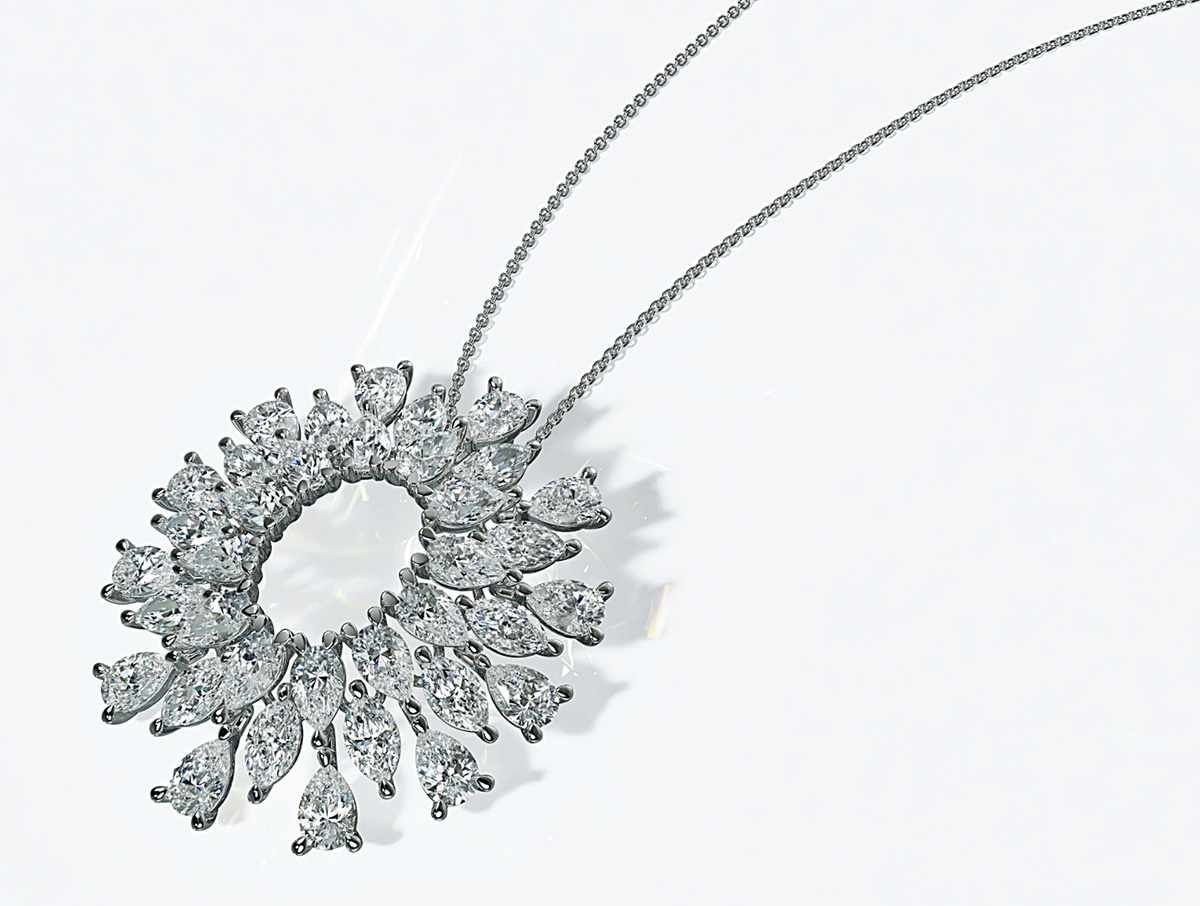
Aether Diamonds prides itself on being a B Corp–certified LGD producer. “We’re now working with Bureau Veritas to have another layer of supply chain tracing on top of B Corp,” Shearman says, “just so that we can then prove that a particular diamond came from Switzerland in the month of May and, as we expand, to be able to say this other one came from Paris in the month of June. Because that level of transparency is so vital to our ongoing storytelling, and it resonates deeply for some retailers and their customers.”
Simply the Best
As consumers become more educated on all LGD-related matters, a certain type of engagement ring shopper is going to be seduced by the idea of being able to acquire a Type IIa diamond. These D-color, internally flawless stones are devoid of any chemical impurities and are rarely found in nature, accounting for just 1 to 2% of mined diamonds.
Ironically, Type IIa has become a new aesthetic standard for LGD growers to aspire to. As Shah of ALTR puts it, “We’ve helped the average consumer access Type IIa diamonds, the highest quality in the world, which were previously only available to the ultrawealthy.”
The prospect of owning a Type IIa stone may be enough to enchant some customers, but others will prize unique characteristics over manufactured perfection. This is the ticket for Seeger: “Our team handpicks lab-grown diamonds for their beauty and fire, not necessarily their cut and clarity alone,” she says.
“Lab-grown diamonds, when made without extra HPHT [high-pressure, high-temperature] processes, are not perfect,” she adds. “They come with microscopic inclusions and warm colors and all sorts of personality—we know and celebrate this. Words like rare or handpicked and fire resonate—it’s not unlike how we might talk about mined diamonds.”
An Heirloom for the Modern Age
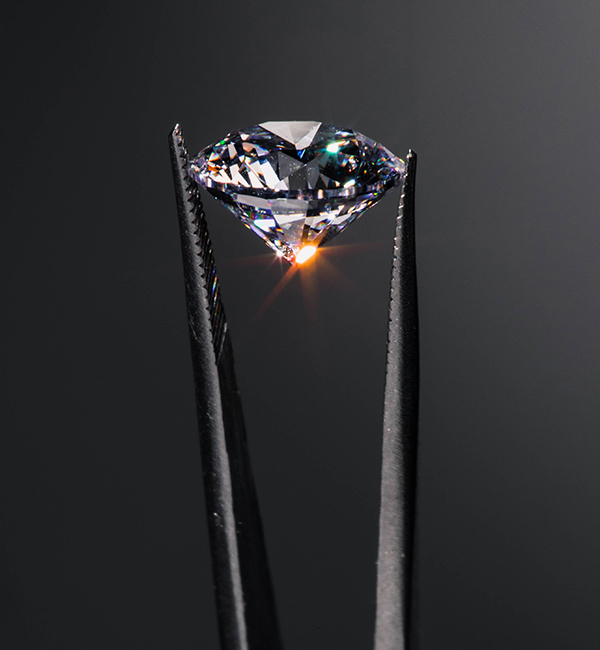
Many in the jewelry trade are quick to point out that lab-grown diamonds are not sound investments, as the stones are largely regarded as a declining asset. “Our sales staff stress the fact that pricing is still moving and there is no inherent value to lab-grown—and we do not offer a trade-in/upgrade program with lab-grown diamonds, only with natural,” says Corey at Day’s Jewelers.
Garrick Jewelers takes a different approach: “We explain that we will trade in any natural or lab-grown diamond toward another at the current market price,” Bond says. “This allows us to adjust for the ever-changing prices of natural as well as lab-grown diamonds.”
It’s true that the resale space for LGDs has not yet been established, but for consumers, “the purchase of a lab-grown diamond is not oriented around the ‘store of value’ issue,” according to Lewis at WD. “For them, the diamond has become a ‘store of emotion’—it’s a new kind of heirloom for the modern age.”
And in any case, Lewis adds, “as the consumer further drives the growth and evolution of the diamond space, the purchase of responsibly created and sustainably certified lab-grown diamonds isn’t about protecting and preserving an investment. It’s about protecting and preserving the planet for future generations.”
Top: Lab-grown diamond drop earrings by Lightbox
